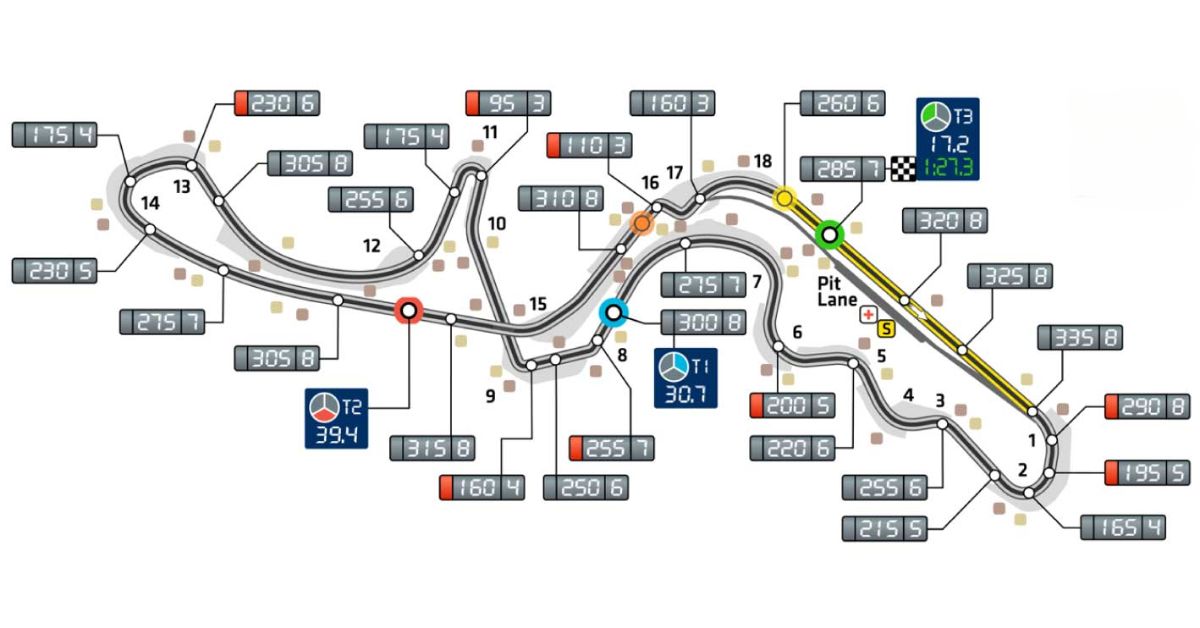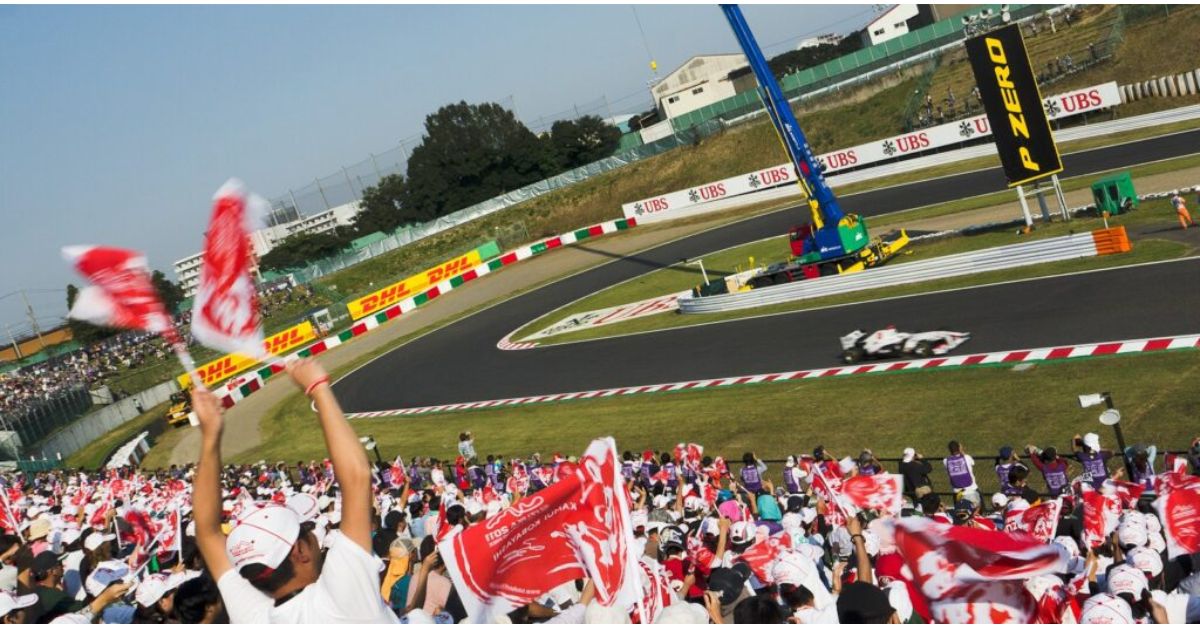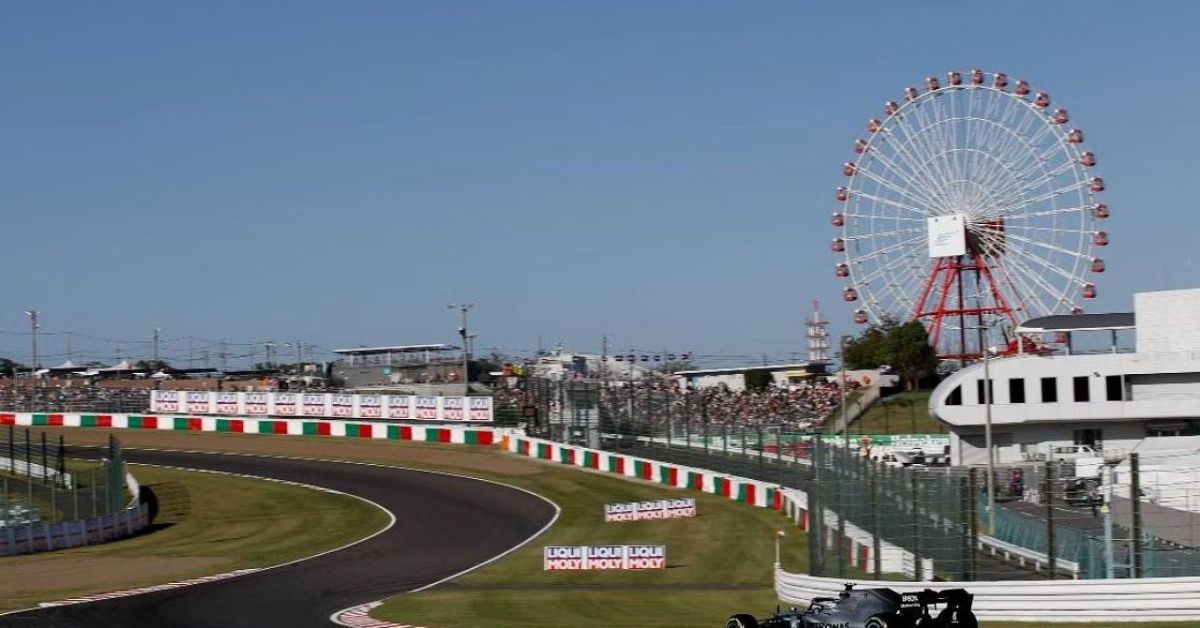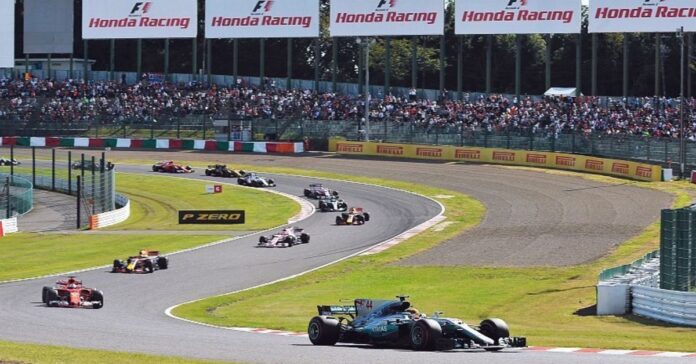Nestled in Mie Prefecture, Japan, Suzuka Circuit is a revered shrine for motorsport enthusiasts worldwide. Its rich history and challenging layout have solidified its status as a cornerstone of the Formula One calendar. From its inception to its modern-day prominence, Suzuka remains an emblem of the sport’s raw intensity and technical prowess.
History and Track Characteristics of Suzuka Circuit
Constructed in 1962 by Honda Motor Company, Suzuka Circuit initially served as a test track for the burgeoning Japanese automotive industry. However, its destiny soon transcended mere testing grounds, evolving into a premier racing facility. With its unique figure-eight layout and demanding corners, such as the infamous 130R, Suzuka quickly captured the imagination of drivers and fans alike.

Over the years, Suzuka Circuit has undergone several modifications to enhance safety and accommodate evolving racing standards. Despite these changes, the track’s essence remains intact, offering a blend of high-speed straights and challenging twists that demand precision and courage from drivers.
Significant Events and Cultural Impact
Suzuka Circuit’s crowning jewel is undoubtedly the Formula One Japanese Grand Prix. Renowned for its unpredictable weather and thrilling races, the Grand Prix at Suzuka has produced some of the sport’s most iconic moments. From Ayrton Senna’s legendary duels with Alain Prost to Michael Schumacher’s masterful displays of skill, Suzuka has witnessed the triumphs and tribulations of motorsport’s greatest champions.

Beyond Formula One, Suzuka hosts various racing series, including Super GT and MotoGP, further solidifying its status as a mecca for motorsport enthusiasts. Its influence extends beyond the racetrack, permeating Japanese culture and inspiring generations of fans. The Suzuka Circuit represents more than just a venue for racing—it’s a symbol of national pride and passion.
Safety Concerns, Legacy, and Future
Despite its illustrious history, Suzuka Circuit has not been immune to tragedy. Fatal accidents, such as those involving Jules Bianchi and Anthoine Hubert, have underscored the inherent dangers of motorsport. In response, stringent safety measures have been implemented, ensuring that Suzuka prioritises the well-being of drivers and spectators alike.

As Suzuka Circuit looks towards the future, plans for further development and renovation are underway. While preserving its heritage, these changes aim to modernise the facility and ensure its relevance in an ever-evolving motorsport landscape. Suzuka’s legacy remains firmly rooted in its ability to captivate and challenge those who dare to tame its hallowed tarmac.
In conclusion, Suzuka Circuit is a testament to motorsport’s enduring allure. Its rich history, challenging layout, and cultural significance make it a cornerstone of the Formula One calendar. As the sport evolves, Suzuka remains a beacon of excellence—where legends are made, and memories are etched into the annals of racing history.
READ MORE: Unveiling the Legacy of Renault F1: Triumphs, Turmoil, and Tenacity
With its blend of tradition and innovation, Suzuka Circuit embodies the spirit of motorsport, inspiring generations of fans and drivers alike. Whether it’s the thrill of the Japanese Grand Prix or the roar of engines during Super GT races, Suzuka captivates with its raw intensity and timeless appeal. As we look ahead to the future, one thing remains certain—Suzuka Circuit will continue to hold a special place in the hearts of motorsport enthusiasts around the globe.


